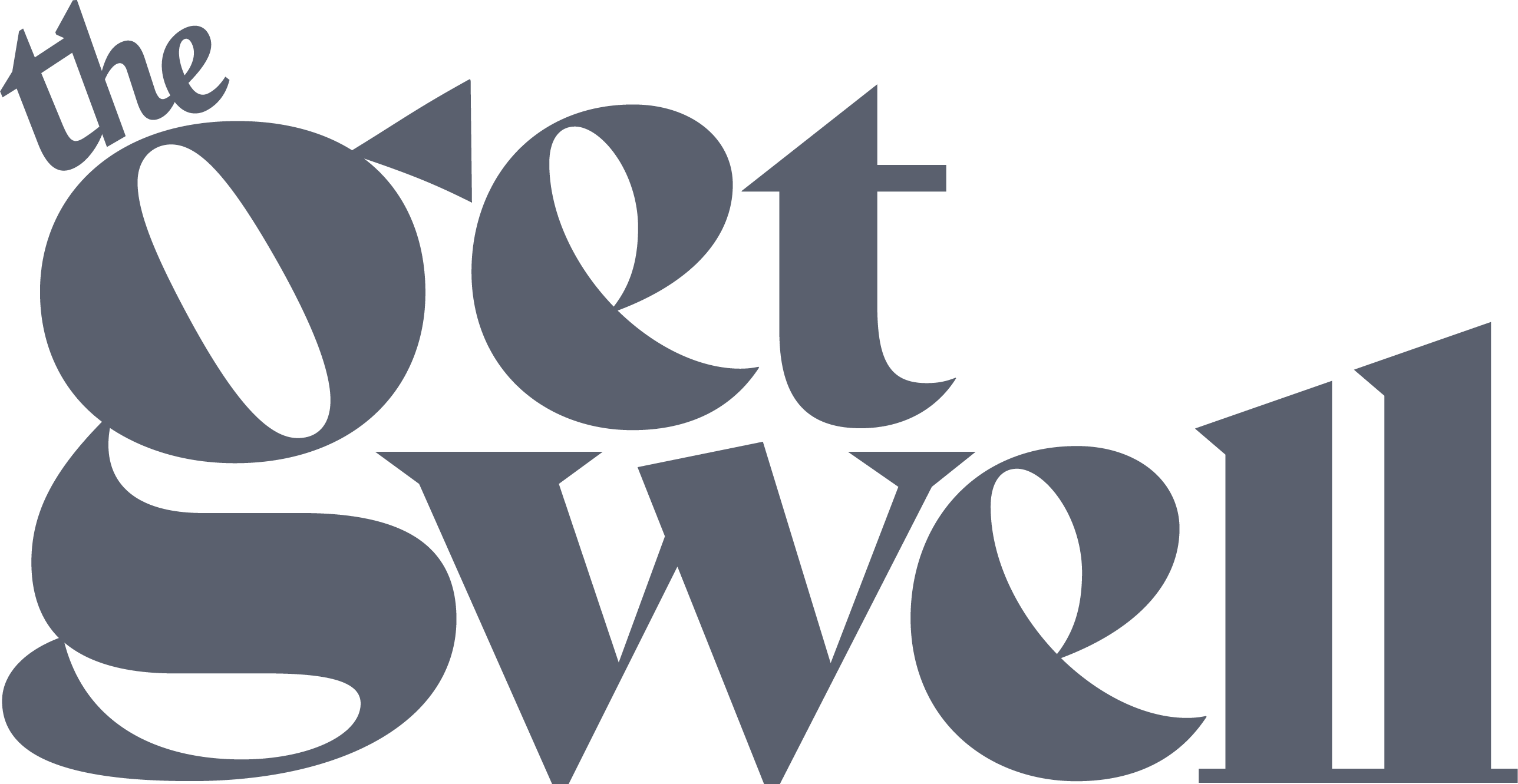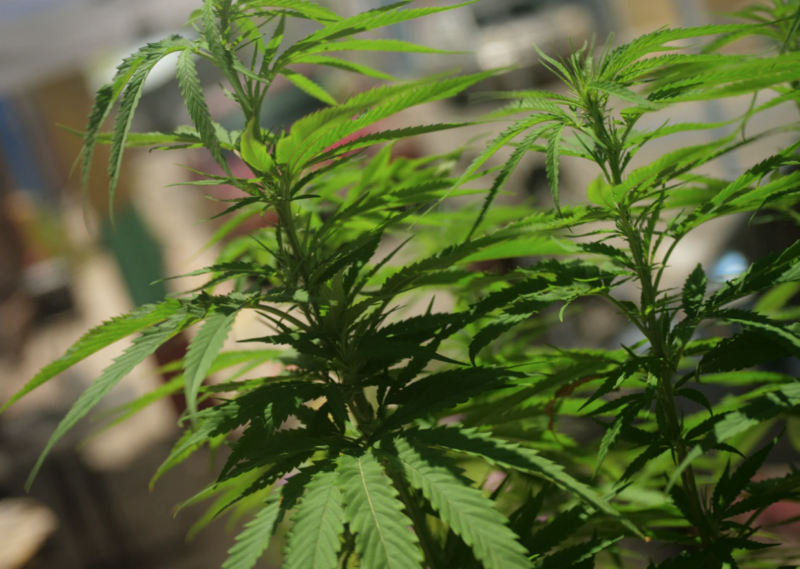You’ve probably seen the acronym walking through the streets everywhere– in smoke shops, vitamin stores, bakeries, and even in pet stores. Stores selling CBD products are everywhere in NYC, California, but not exclusive to big Metropolitan areas; even smaller states and cities are riding on the CBD craze. It’s found in a plethora of things now, like beauty products, your food, pet gummies, spa relaxation treatments — but you may be confused on why CBD is suddenly so big, or might not know what it is at all.
So what exactly is CBD? What is it used for, and why are people so obsessed with it?
First off, CBD is a chemical compound that stands for cannabidiol. It’s found in cannabis and hemp plants, and is one of the primary ingredients that marijuana is known for. But unlike the other compound, THC (tetrahydrocannabinol), CBD doesn’t produce the feeling that gets you “high”. Rather, it’s the chemical that’s supposed to help relax you, and doesn’t come with the mind-altering detriments that THC’s high has. That’s why many people prefer it, as it keeps you functioning regularly, and it’s supposedly non-addictive. However, it still may come with some side effects, such as nausea, fatigue/exhaustion, and can mess with any medications you take.
THC is a controlled substance; though many states are becoming more lenient and passing laws allowing for both medical and recreational marijuana, on the federal level it’s illegal for personal use, and most states require a prescription by a professional. For New York specifically, marijuana has recently been decriminalized, but still isn’t legalized.
CBD, however, isn’t as highly regulated, thus making it widely accessible. This is a double-edged sword, as it also causes concern for quality control. The legality issue is complicated since there are no set federal laws, so some products may still contain THC. However, CBD itself isn’t the issue, but the lack of regulation; it’s important to always be mindful of the product that you’re using. Nonetheless, because of CBD’s rising popularity, the FDA will seemingly start to speed up its CBD regulation process.
Ideally, CBD for regular use comes from hemp plants, which don’t have as much THC as regular cannabis. The 2018 Farm Bill legalized the sale and production of hemp and its extracts, meaning that as long as hemp has under .3% THC, it’s authorized and legal, otherwise it will be considered marijuana. Either way, that’s why you can find CBD in so many treats, products, and even give it to your pets. The most common form you’ll probably see it in is in oils, but you can also eat edibles, diffuse vaporizers, lotions, and even take vitamins.
So why are people so obsessed with it? Because of its therapeutic, calming benefits that help ease your nerves. Both THC and CBD are used medically for symptoms such as pain, spasms, seizures, inflammation and most commonly anxiety. It can even be used to treat acne!
CBD is miraculous for many patients who are chronically ill, as it allegedly helps assuage pains associated with arthritis, Parkinson’s, cancer and other diseases. It’s not just for physical pains, though, and has helped many people with their mental health — depression, ADHD, BPD, and schizophrenia to name a few. As people who are mentally ill are more susceptible to paranoia and anxiety if becoming high from THC, CBD is the better alternative. Most notably, CBD is being used in drugs to treat epilepsy; a medicine called Epidiolex has been developed and uses CBD in its purest form. Epidiolex is used in the treatment of Dravet syndrome (DS) and Lennox-Gastaut syndrome (LGS). Both DS and LGS are two rare and severe types of epilepsy that develop during childhood, and seizure control associated with these disorders is challenging.
How exactly does CBD work, though? I’ll try to explain it without the complicated medical jargon. In the 90’s, scientists under Dr. L.A. Matsuda discovered the existence of “endocannabinoids”, and founded the endocannabinoid system (ECS) that helps your nervous system. Your body naturally produces these neurotransmitters, which are similar to cannabinoids found in marijuana. They help your body maintain homeostasis (or biological harmony) and help regulate everyday functions like your sleep, mood, and appetite. Endocannabinoids will bind to receptors in your nervous system to signal for the ECS to take action. The compounds found in marijuana like THC and CBD function like your naturally produced endocannabinoids, binding to receptors. More research still needs to be done on exactly how it works as the system is still relatively new, and THC is more reactive than CBD, but that’s the basic gist.
As anxiety and depression are becoming increasingly common in younger generations and millennials, CBD’s popularity is on the rise. Despite its benefits, you should be your own judge of seeing if CBD is right for you. Also, consult your primary care physician about using CBD or any other CBD-based products. The direct link is still heavily debated and needs further research, but conversely, CBD research is becoming more popular due to its increasing usage. Nonetheless, if you’re curious about the craze, the benefits outweigh the cons, and indulging once in a while won’t hurt your overall health.

